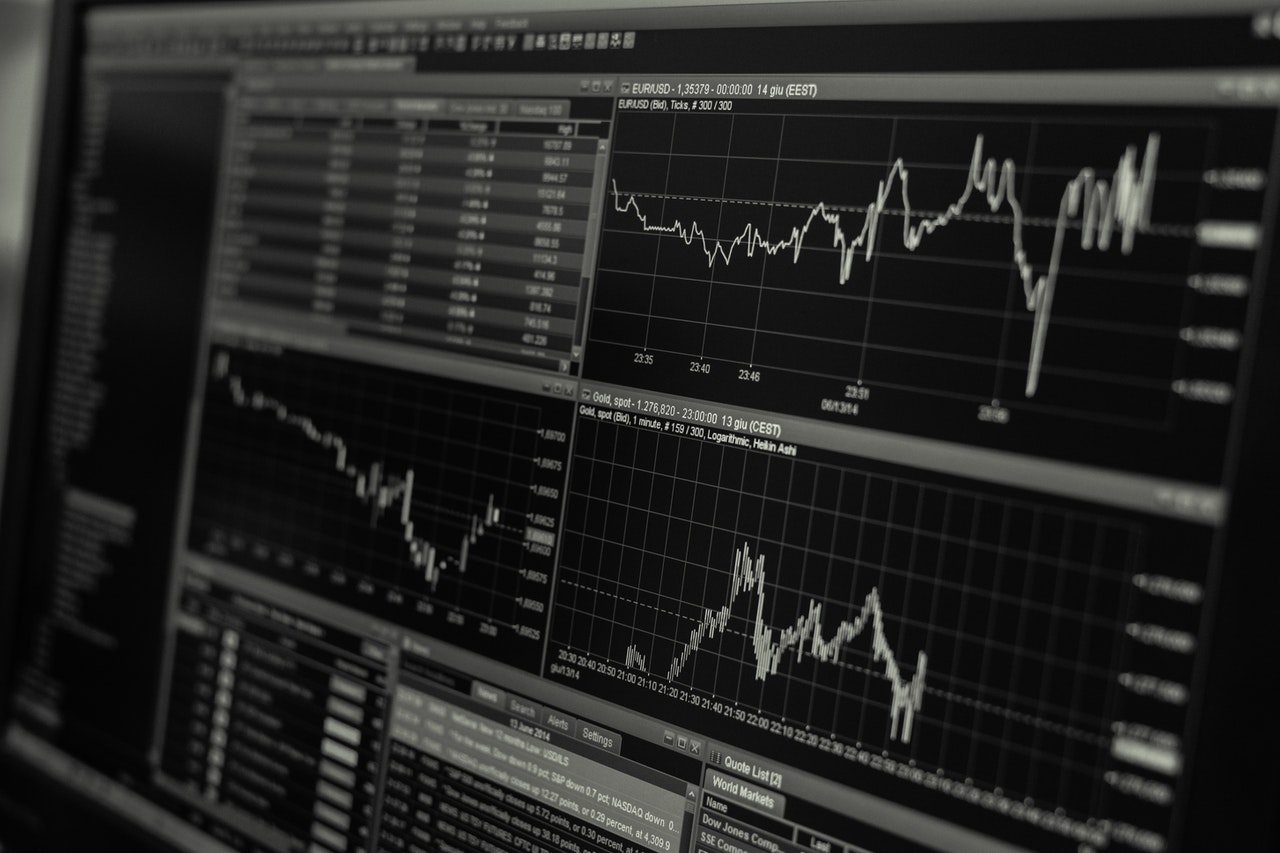No one can predict the future, but by studying past movements in currency exchange rates, traders can develop strategies that give them a better chance of success in the forex market. A critical tool for performing this analysis is calculating the strike rate.
This article will define a strike rate and explain how it is used in British forex trading, and it will also provide examples to help you understand how to use this information for your trades.
What is a strike rate in British forex trading?
A strike rate is the percentage of times a currency pair hits a specific price target within a specified period. The trader typically sets this target price based on their analysis of historical data and current market conditions. The period can be long but is usually shorter for more volatile pairs and longer for less volatile pairs.
For example, let’s say you are watching the GBP/USD currency pair, and you believe it will rise in value over the next week. You set your strike rate at 1.3000, which means you predict that the pair will reach 1.3000 within the next week. If it does, you will profit from your trade, and if it doesn’t, you will lose money.
How is a strike rate used in British forex trading?
There are two main ways that traders use strike rates in forex trading. The first is to set their take-profit orders at a level that gives them the desired strike rate. For example, if a trader wants to aim for a 50% strike rate, they will set their take-profit order at a level that would be hit half the time based on their analysis of past data.
The second-way traders use strike rates is to monitor the success rate of their trades, which can help them adjust their strategies and improve their chances of success. For example, if a trader notices that their win rate is only 30%, they may decide to change their approach.
Should you use strike rates in your forex trading?
There is no right or wrong answer to this question. Some traders swear by strike rates and use them religiously, while others never give them a second thought. Ultimately, it is up to you to decide whether or not you want to use strike rates in your trading. If you decide to use them, be sure to perform a thorough analysis before setting your targets. And as with any other aspect of trading, don’t be afraid to experiment until you find what works best for you.
How do you calculate your strike rate?
There are a few different ways to calculate the strike rate, but the most common is to take the number of successful trades and divide it by the total number of trades. For example, if you have made 10 trades and only 3 of them have been successful, your strike rate would be 30%.
Another way to calculate the strike rate is to take the number of pips gained or lost on winning trades and divide it by the number of pips gained or lost on all trades. For example, if you have made ten trades and earned 100 pips on winning trades while losing 50 pips on losing trades, your strike rate would be 66.67%.
What factors can affect your strike rate?
Many factors can affect your strike rate, including the following:
- The length of time you hold a trade
- The risk/reward ratio of your trades
- The number of trades you take
- Your win/loss ratio
- Your average profit/loss per trade
Each of these factors can significantly impact your overall strike rate. For example, if you only hold a trade for a short period, you will need to be more accurate in your predictions to achieve a high strike rate. Conversely, if you hold a trade for a more extended period, you will have a higher chance of success and need to be patient.
How can you improve your strike rate?
There are a few different ways you can improve your strike rate. First, you can make sure that you are only taking high-probability trades. It means doing your homework and ensuring that you understand the market before entering a trade.
Second, you can try to increase your trades’ risk/reward ratio. Setting your take-profit and stop-loss orders closer together on higher probability trades and further apart on lower probability trades. Finally, you can try to take more trades, and this will give you a higher chance of success and a higher chance of failure.


No responses yet